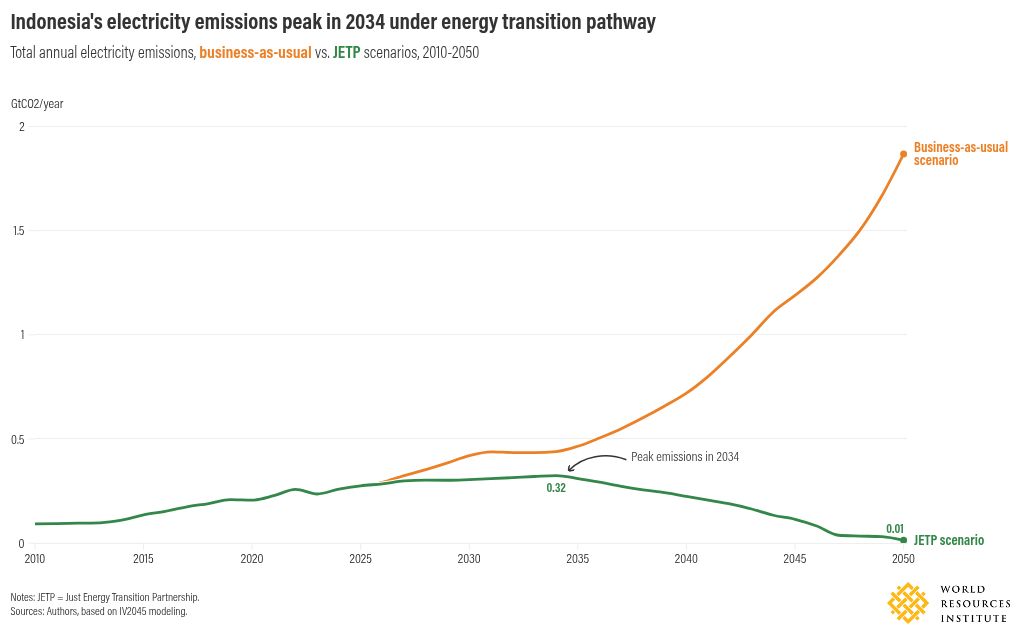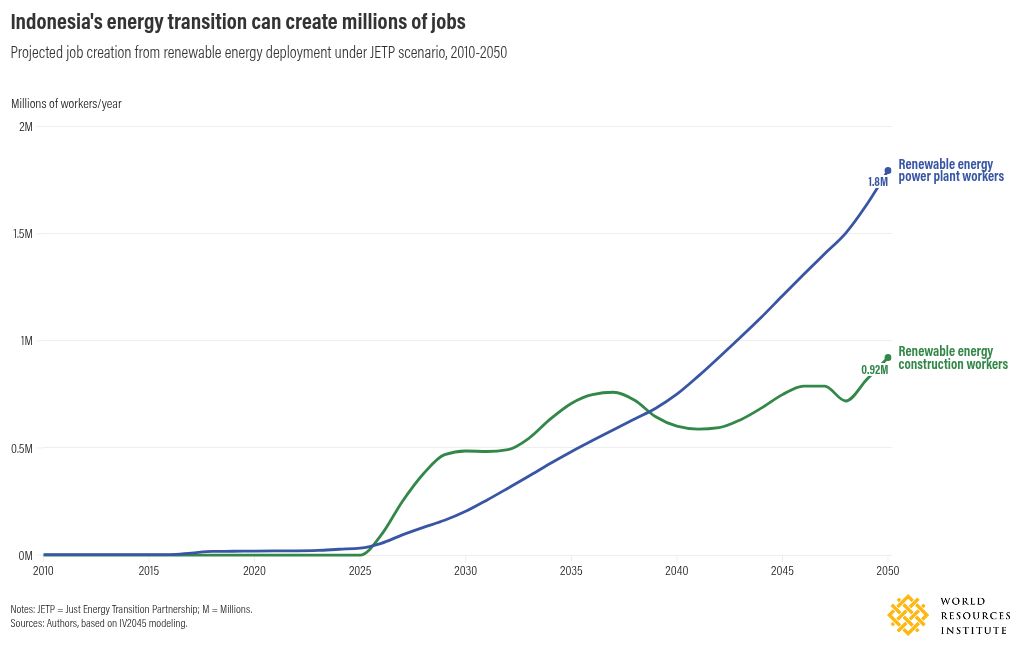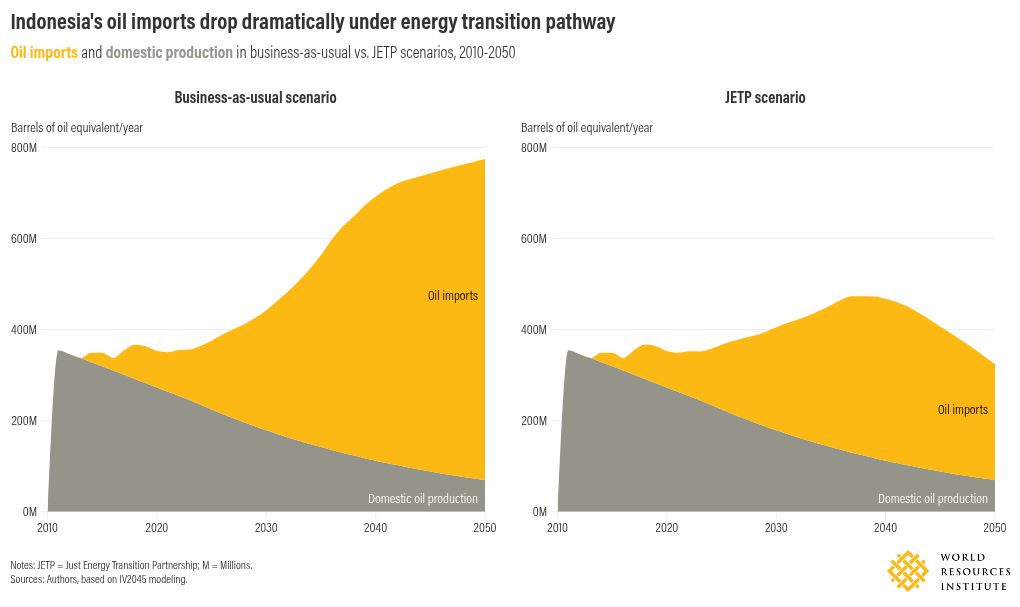The key technical milestones achieved as part of Intel’s and AMD’s work on the x86 Ecosystem Advisory Group include new performance, security and reliability improvements coming to the x86 instruction set architecture, the…
Blog
-
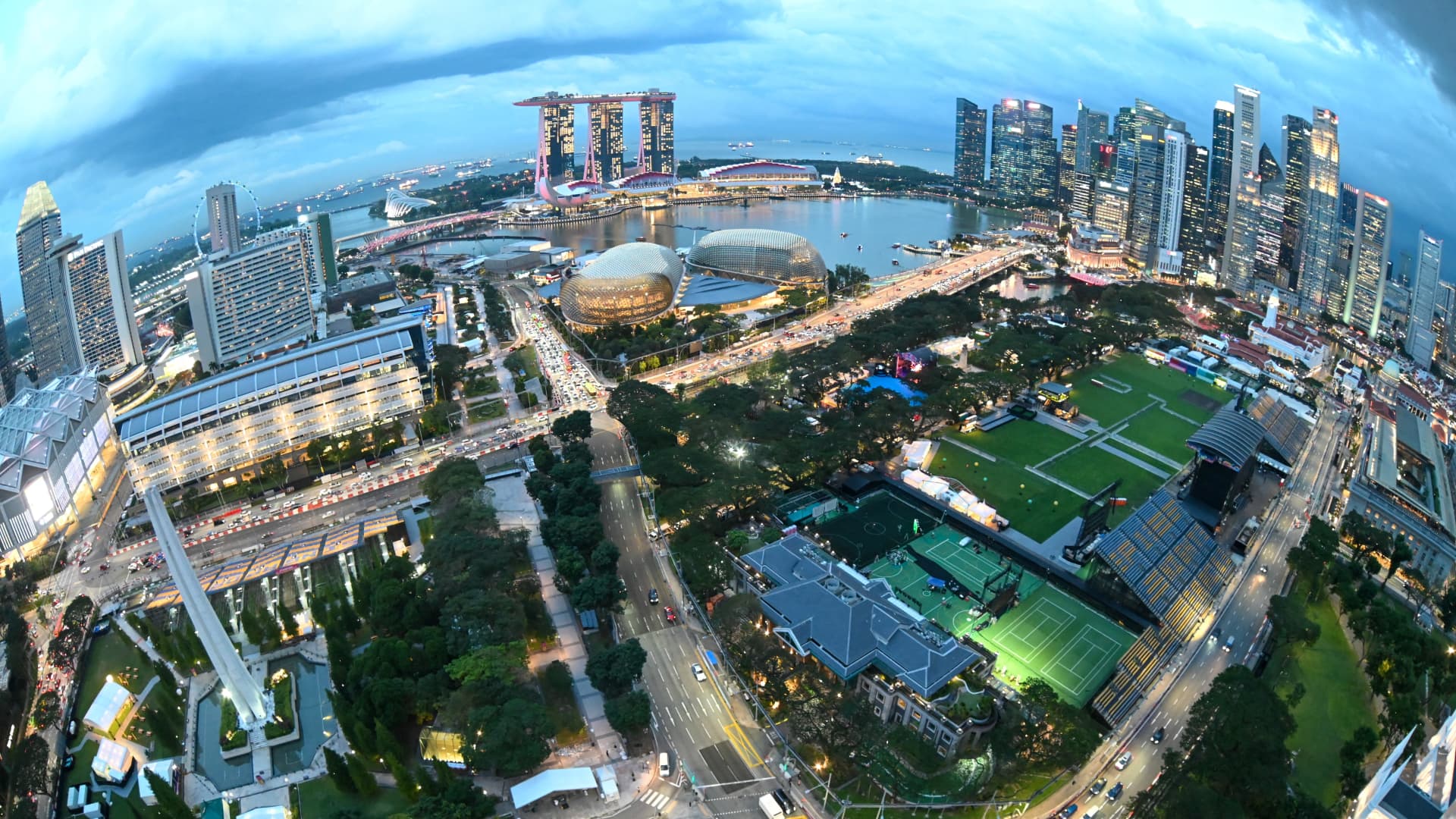
Singapore warns of slower 2026 growth after third-quarter GDP beats expectations
An aerial view of Singapore’s Marina Bay Street Circuit on Sept. 17, 2024.
Roslan Rahman | Afp | Getty Images
Singapore’s economy expanded faster than expected in the third quarter, even as the country’s central bank warned that growth is likely to slow in 2026.
Gross domestic product rose 2.9% year on year in the three months through September, the Ministry of Trade and Industry said Tuesday.
That beat economists’ forecasts for a 1.9% increase, though it marked a slowdown from a revised 4.5% expansion in the second quarter.
On a seasonally adjusted, quarter-on-quarter basis, the economy expanded by 1.3%, easing slightly from 1.5% in the previous quarter.
Manufacturing was the main drag on growth, flattening after a 5% expansion in the second quarter. The construction sector also softened, rising 3.1% year on year compared with 6.2% in the prior quarter.
“Growth was weighed down by output declines in the biomedical manufacturing and general manufacturing clusters, even as output in the other manufacturing clusters expanded,” MTI said in a statement.
The slowdown comes as Singapore’s central bank left its policy settings unchanged, maintaining its stance from July.
The Monetary Authority of Singapore said that GDP growth is expected to moderate as activity “normalises” in trade-related sectors.
Global investment in artificial intelligence is expected to support Singapore’s manufacturing sector, the central bank said, while construction and financial services should benefit from infrastructure spending and accommodative financial conditions.
“In 2026, GDP growth is projected to slow in line with external developments to a near-trend pace, such that the output gap narrows to around 0%,” MAS said in a statement.
Exports from Singapore recorded an 11.3% decline in non-oil domestic exports in August, the sharpest drop since March 2024.
Non-oil exports to Indonesia, the U.S. and China fell in August, but rose to the European Union, Taiwan and South Korea, government data showed.
Singapore’s exports to the United States dropped by 28.8% year on year in August, following a 42.8% fall in July.
—This is breaking news, please check back for updates.
Continue Reading
-
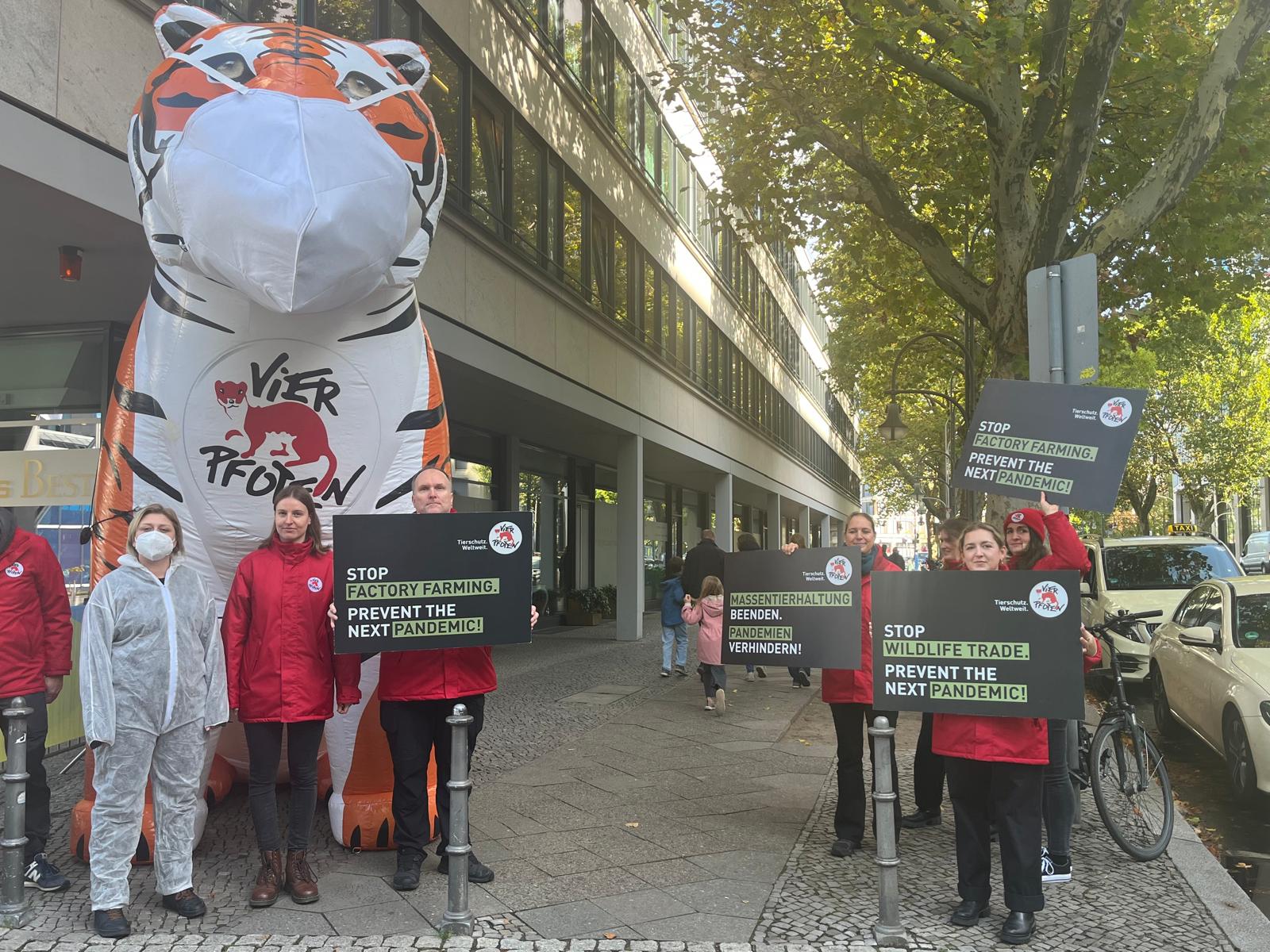
One In Six Bacterial Infections Is Antibiotic Resistant; Calls For Stronger Real-Time Pandemic Risk Surveillance
Helen Clark, former New Zealand prime minister, calls for stronger links between animal and human health at a World Health Summit session on pandemics. A more comprehensive pandemic risk monitoring system, that tracks threats and preparedness…
Continue Reading
-
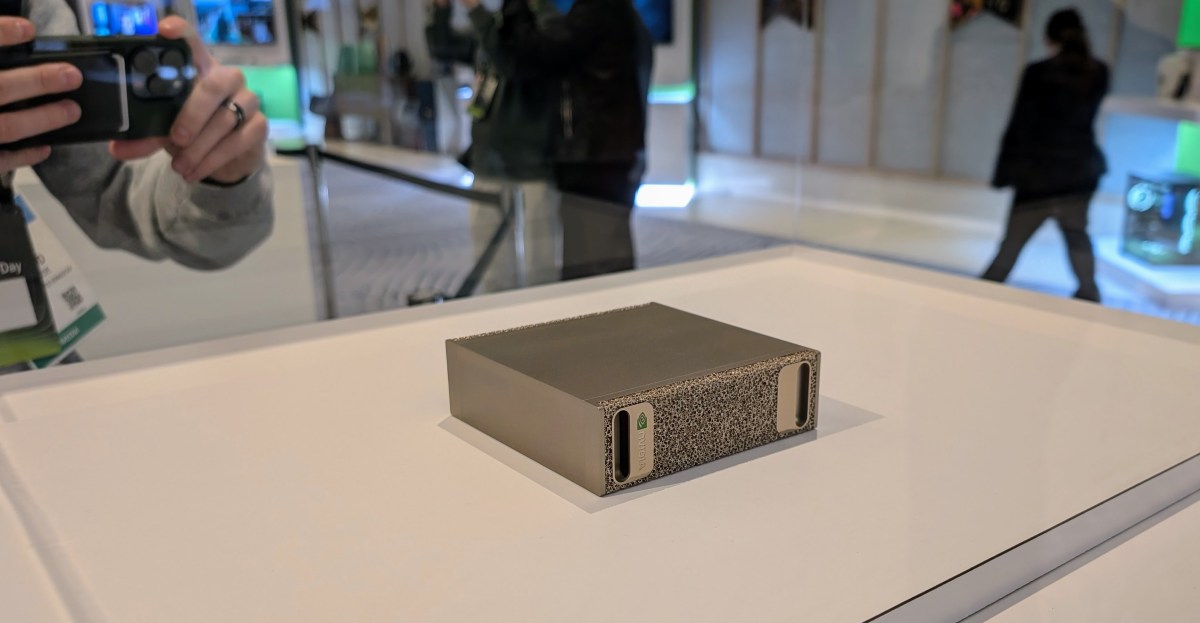
Nvidia’s ‘personal AI supercomputer’ goes on sale October 15th
Nvidia will start selling its DGX Spark “personal AI supercomputer” this week. The machine is powerful enough to let users work on sophisticated AI models but small enough to fit on a desktop.
Nvidia said Spark can be ordered online at
Continue Reading
-
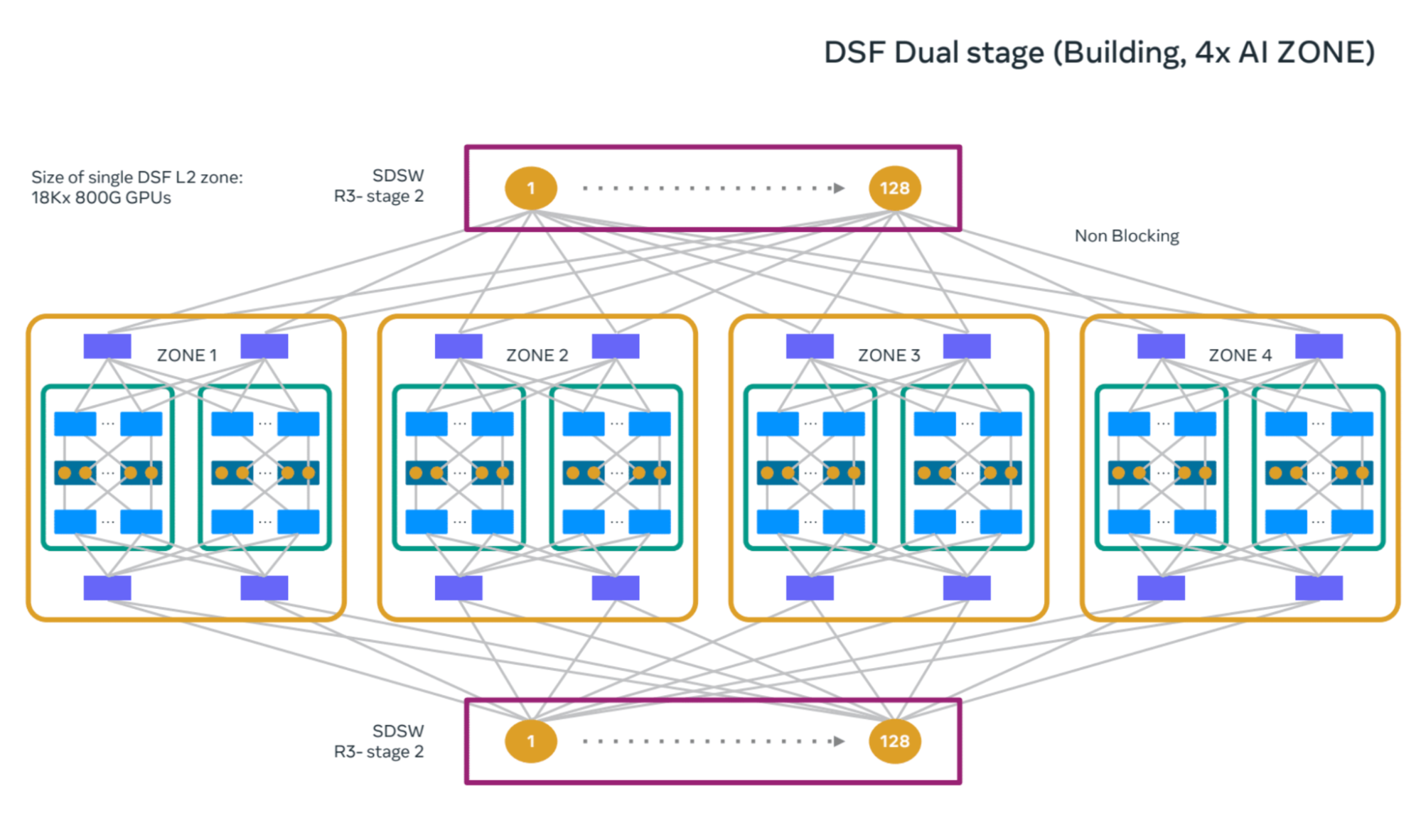
OCP Summit 2025: The Open Future of Networking Hardware for AI
- At Open Compute Project Summit (OCP) 2025, we’re sharing details about the direction of next-generation network fabrics for our AI training clusters.
- We’ve expanded our network hardware portfolio and are contributing new disaggregated network platforms to OCP.
- We look forward to continued collaboration with OCP to open designs for racks, servers, storage boxes, and motherboards to benefit companies of all sizes across the industry.
At Meta, we believe that open hardware is a catalyst for innovation — especially as data center infrastructure increasingly supports new and emerging AI technologies. Open hardware plays a crucial role in enabling disaggregation, allowing us to break down traditional data center technologies into their core components. This approach empowers us to build systems that are more flexible, scalable, and efficient.
Since co-founding the Open Compute Project (OCP) in 2011, Meta has shared data center and component designs, and open-sourced our network operating system, FBOSS, to inspire new ideas both within our own operations and across the industry. These efforts have played an important role in making Meta’s data centers sustainable and efficient. Today, through OCP, we continue to advance open network technologies for the next generation of AI applications.
We’re announcing several new milestones for our data center networking:
- The evolution of Disaggregated Scheduled Fabric (DSF) to support scale-out interconnect for large AI clusters that span entire data center buildings.
- A new Non-Scheduled Fabric (NSF) architecture based entirely on shallow-buffer, disaggregated Ethernet switches that will support our largest AI clusters like Prometheus.
- The addition of Minipack3N, based on NVIDIA’s Ethernet Spectrum-4 ASIC, to our portfolio of 51 Tbps OCP switches that use OCP’s SAI and Meta’s FBOSS software stack.
- The launch of the Ethernet for Scale-Up Networking (ESUN) initiative, where Meta has worked with other large-scale operators and leading Ethernet vendors to advance using Ethernet for scale-up networking (specifically the high-performance interconnects required for next-generation AI accelerator architectures..
Dual-Stage DSF: Scaling Scheduled Fabrics for Larger AI Clusters
At last year’s OCP Global Summit we shared Disaggregated Scheduled Fabric (DSF), a VOQ-based system powered by the open OCP-SAI standard and FBOSS. The DSF fabric supports an open and standard Ethernet-based RoCE interface to endpoints and accelerators across several xPUs and NICs, including Meta’s MTIA as well as from several vendors.
Over the last year, we have evolved DSF to a 2-stage architecture, scaling to support a non-blocking fabric that interconnects up to 18,432 XPUs. These clusters are a fundamental building block for constructing AI clusters that span regions (and even multiple regions) in order to meet the increased capacity and performance demands of Meta’s AI workloads.
The new dual-stage DSF architecture supports non-blocking fabric, enabling interconnect between a larger number of GPUs in a cluster. At Meta, we’ve used it to build out clusters of 18k GPUs at the scale of entire data center buildings. Non-Scheduled Fabrics (NSF) for Large AI Clusters
In parallel with the evolution of the DSF architecture, we have also devised a new architecture called the Non-Scheduled Fabric (NSF), with the following key features:
- Based on shallow-buffer OCP Ethernet switches.
- Delivers low round-trip latency.
- Supports adaptive routing for effective load-balancing, ensuring optimal utilization and minimizing congestion.
- Serves as foundational building block for Gigawatt-scale AI clusters like Prometheus.
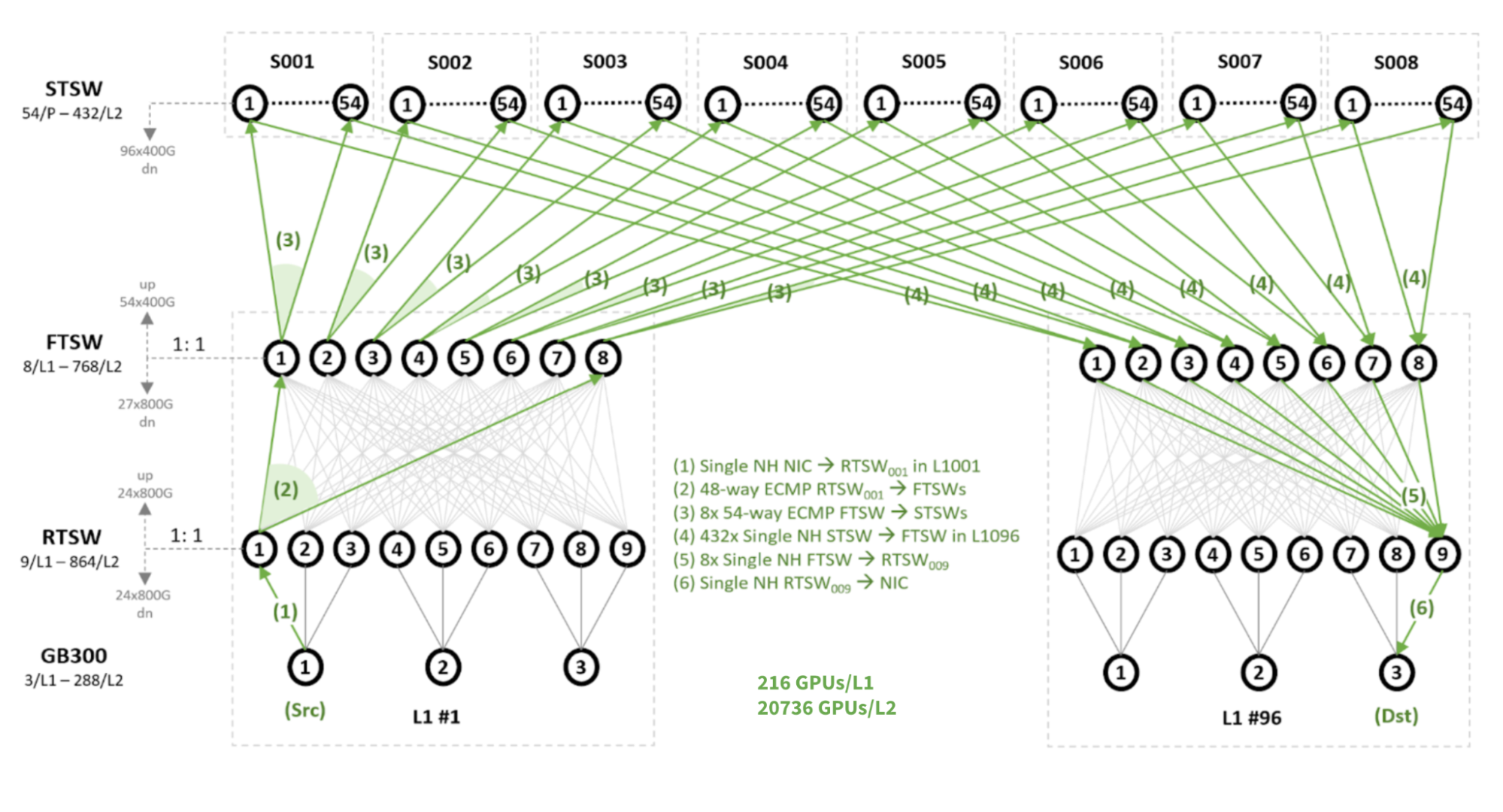
NSF — Three-tier Non-Scheduled Fabrics for building scale AI clusters. New OCP Switch Platforms for Next-Generation AI Fabrics
Last year, Meta introduced two new 51T Ethernet switches: Minipack3 (based on Broadcom Tomahawk5) and Cisco 8501 (based on Cisco Silicon One G200). These OCP switches offer 51.2 Tbps (64x OSFP ports), are power-efficient without the need for retimers, and run our large-scale network operating system, FBOSS. These platforms have served as the foundation for building our next-generation frontend and backend data center fabrics.
This year, we are introducing Minipack3N, a new 51T Ethernet switch that is based on the NVIDIA Spectrum-4 switching ASIC and leverages the same system design as Minipack3.
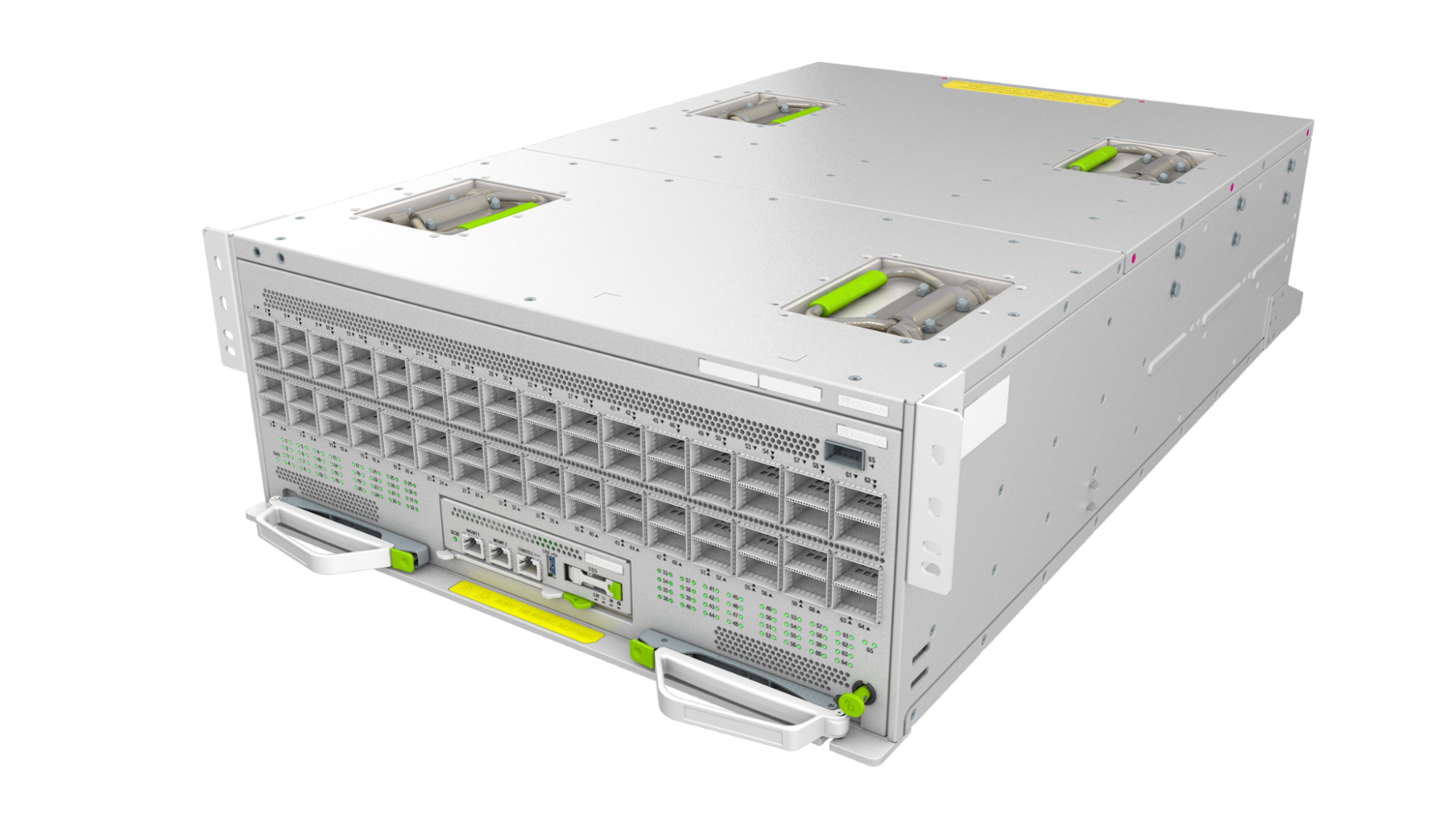
The Minipack3N, a 51.2 Tbps switch (designed by Meta and manufactured by Accton) based on the NVIDIA Spectrum-4 Ethernet switching ASIC. Evolving FBOSS and SAI for DSF and NSF

Meta continues to embrace OCP-SAI as the foundation for onboarding new network fabrics, switch hardware platforms, and optical transceivers into FBOSS. Through close collaboration with vendors and the OCP community, we have evolved SAI to support advanced features and concepts, including DSF, NSF, and other enhanced routing schemes tailored for modern data center and AI workloads.
This open approach empowers developers and engineers worldwide to engage with cutting-edge hardware, contribute innovative software, and leverage these solutions for their own needs. By sharing advancements and fostering collaboration, we help accelerate progress across the industry, ensuring that open hardware and software remain at the heart of scalable, efficient, and future-ready data center infrastructure.
Optics: 2x400G FR4-LITE and 400G/2x400G DR4 Optics for 400G/800G Optical Interconnections
Last year, Meta introduced 2x400G FR4 BASE (3-km) optics, the primary solution supporting next-generation 51T platforms across both backend and frontend networks and DSFs. These optics have now been widely deployed throughout Meta’s data centers.
This year, we are expanding our portfolio with the launch of 2x400G FR4 LITE (500-m) optics. Developed as part of an efficiency initiative, FR4 LITE is optimized for the majority of intra–data center use cases, supporting fiber links up to 500 meters. This new variant is designed to accelerate optics cost reduction while maintaining robust performance for shorter-reach applications.
In addition, we are introducing the 400G DR4 OSFP-RHS optics — our first-generation DR4 solution for AI host-side NIC connectivity. Complementing this, the new 2x400G DR4 OSFP optics are being deployed on the switch side, providing connectivity from host to switch.
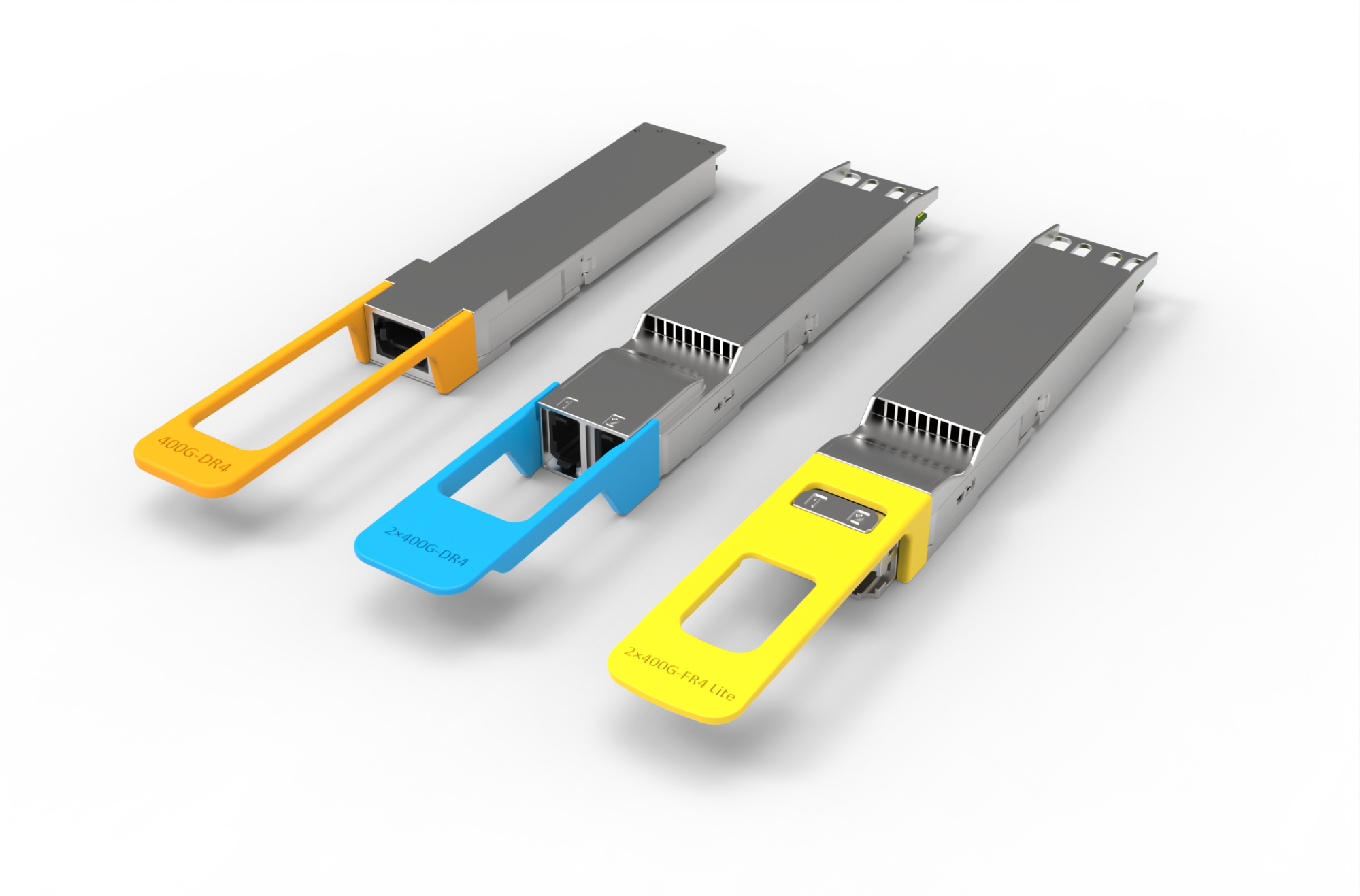
The 400G DR4 (left), 2x400G DR4 (center), and the 2x400G FR4 LITE (right). Ethernet for Scale-Up Networking in OCP: Meta’s Industry Leadership
At Meta, we recognize that the future of AI and data center infrastructure depends on open, scalable, and interoperable networking solutions. As part of our ongoing commitment to open hardware and industry collaboration, Meta is a founding participant in the new Ethernet for Scale-Up Networking (ESUN) initiative, which launched within OCP at the 2025 OCP Global Summit.
What Is ESUN?
ESUN is a new workstream within the OCP Networking Project. It functions as an open technical forum where industry operators and leading vendors can collaborate to advance the use of Ethernet technology. The specific goal of ESUN is to leverage and adapt the mature Ethernet ecosystem to meet the unique, high-performance demands of the scale-up domain within modern AI systems.
ESUN is focused specifically on the network functionality aspect of scale-up systems. The workstream is designed to address the technical challenges related to how data traffic is managed and transmitted across network switches. This includes defining best practices and standards for:
- Protocol headers
- Error handling mechanisms
- Achieving lossless data transfer across the network
The initiative brings together operators, vendors, and standards bodies to:
- Collaborate on Ethernet solutions tailored for scale-up networking.
- Focus on Ethernet framing and switching layers to ensure robust, lossless, and error-resilient multi-hop topologies.
- Align with open standards by working closely with organizations like UEC and IEEE.
Meta’s Contributions to ESUN
Meta is proud to be among the initial group of OCP members driving ESUN, alongside industry leaders that includes: AMD, Arista, ARM, Broadcom, Cisco, HPE, Marvell, Meta, Microsoft, NVIDIA, OpenAI, and Oracle.
Our contributions include:
- Technical leadership in defining the requirements for ESUN in AI clusters.
- Open collaboration with vendors and standards bodies to ensure that solutions are interoperable and not tied to proprietary technologies.
- Sharing best practices and lessons learned from deploying advanced Ethernet fabrics in Meta’s own data centers.,
An Industry Invitation: Join the Open Future
Driving progress in AI requires data center infrastructure that delivers more than just scale — it must also be flexible, efficient, and sustainable. At Meta, we envision a future where AI hardware systems are not only highly scalable, but also open and collaborative, enabling rapid innovation and adaptation to evolving workloads.
We invite engineers, developers, and industry partners to join us and the OCP community in shaping the next generation of networking hardware for AI. By working together and sharing ideas, we can accelerate the development of open, future-ready AI infrastructure that benefits the entire industry and supports the demands of tomorrow’s technologies.
Continue Reading
-
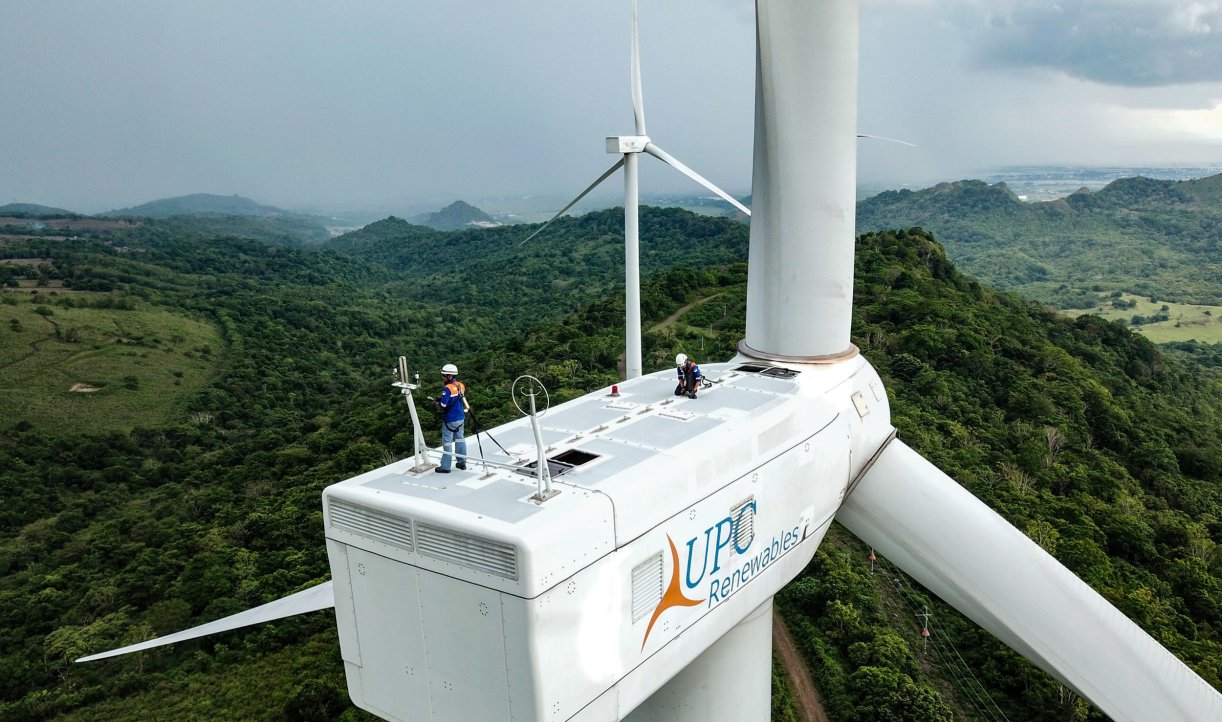
Clean Energy Can Supercharge Indonesia’s Economy
Countries today face a fundamental challenge: how to grow their economies and meet development goals without repeating the planet-warming patterns of the past.
Historically, rapid economic growth has come at the cost of high greenhouse gas emissions. As the world works to secure a stable climate and safe future, decoupling the two is essential — particularly for emerging economies in places like southeast Asia, where energy demand and emissions are rising fast.
This challenge comes into sharp focus in Indonesia, which stands at a defining moment. Southeast Asia’s largest economy and the world’s fourth-most-populous country has two ambitious goals: to grow its GDP 8% per year by 2029 and reach net-zero emissions by 2060.
These objectives may seem to be at odds — and if the country continues on its current fossil-powered trajectory, they are. But this isn’t the only way.
New WRI research shows that Indonesia can achieve both climate and economic goals if it doubles down on clean energy and energy efficiency in the coming years. While the upfront investment is significant, the payoff is even greater: not just lower emissions, but also millions of new jobs, stronger energy security, cleaner air and better health.
These findings align with a growing body of research that shows climate action can grow economies while improving lives globally. Indonesia now has the opportunity to demonstrate that, with the right policies and decisive action, clean energy can be key to a more prosperous future.
Modeling a Path to Green Growth
At present, Indonesia’s energy needs are largely met by fossil fuels: 36% of its power came from coal and 26% from oil in 2023. Raising GDP 8% per year by 2029 would massively ramp up demand, particularly as the government prioritizes energy-intensive industries such as nickel, iron and steel. Meeting this growing demand with the country’s current carbon-intensive power mix risks rapidly driving up emissions.
In parallel to its economic goals, Indonesia has set out plans to shift away from fossil energy and toward clean power. Its latest Electricity Supply Business Plan (Rencana Usaha Penyediaan Tenaga Listrik, or RUPTL) aims to expand renewable power to 34.3% of the total power mix by 2034. The country is also part of a Just Energy Transition Partnership (JETP), which aims to mobilize $20 billion in international finance to support this transition. However, Indonesia is not on track to meet its clean energy goals and has even revised its renewable energy targets downward in recent years.
Our research sought to answer a key question: What if the country pursued its economic goals and an ambitious energy transition in tandem?
Building on earlier modeling that informed Indonesia’s net-zero goal, we looked at what would happen if the country increased clean energy and energy efficiency as outlined under its JETP agreement. Laid out in the 2023 Comprehensive Investment and Policy Plan (CIPP), this pathway includes retiring two fossil fuel power plants by 2035; achieving 34% renewable energy by 2030; and implementing energy efficiency measures. (These could include measures like introducing minimum energy performance standards and labeling programs that promote energy-saving appliances, and improving motor-driven factory equipment and industrial machinery to reduce power consumption.)
Under this “JETP scenario,” new clean energy and improved energy efficiency would still deliver enough power to drive 8% GDP growth per year — while also reducing emissions and avoiding the environmental, health and fiscal costs that come with fossil fuel dependence.
With continued green energy investment, power sector emissions would peak in 2034 at about 324 million tonnes of carbon dioxide equivalent (MtCO2e) and drop to just 13.2 MtCO2e by 2050 — consistent with Indonesia’s goal of reaching net zero emissions by 2060. By contrast, under a business-as-usual scenario, power sector emissions would rise to 1.86 billion tonnes by 2050 — nearly six times what the sector emitted in 2022.
About the Data
Our analysis used an adaptation of the Indonesia Vision to 2045 (IV2045) model — developed under the country’s Low Carbon Development Initiative — to simulate high economic growth pathways either under existing energy systems or more efficient, low-carbon ones. The IV2045 model captures dynamic feedback loops between economic, environmental and social variables, helping decision-makers see both the full consequences of delaying clean energy investment and the long-term benefits of getting it right early.
Green Investments Can Power Jobs, Health and Energy Security
Curbing emissions is critical, but it’s far from the only benefit of shifting to clean energy. Our study finds that scaling up renewables in Indonesia can help the country achieve a bevy of economic and development goals.
Clean energy investments can drive big economic returns.
Scaling up renewable energy will require significant upfront investments in new infrastructure, such as wind turbines, solar farms and battery storage systems. However, the anticipated returns make this spend worthwhile. Our research shows that renewable energy investments in Indonesia can deliver a projected return of $1.41 billion for every $1 billion invested.
The more Indonesia invests in renewables, the more it will generate demand — and thereby additional investment — for them. This can create new value chains for the installation and maintenance of renewable energy systems, spurring significant job creation and contributing to GDP gains.
In addition, upfront deployment costs would be offset in the long term by the much lower operation and maintenance costs of renewable facilities compared to fossil fuel plants. And a greater supply of renewables can generate additional economic returns by keeping workers healthier and more productive through cleaner air.
International partners under Indonesia’s JETP will help provide early financial support for this infrastructure. But the total investment required to meet the country’s targets far exceeds the $20 billion committed under the partnership, meaning the country will need to secure significant additional funding in the near-term from the government, private sector and international sources.
Engineering students inspect rooftop solar panels in Bali, Indonesia. Investments in clean energy can help stimulate economies through the creation of new jobs and value chains. Photo by Pande Putu Hadi Wiguna/iStock The transition can create millions of new jobs.
In 2024, Indonesia had 15.1 gigawatts of renewable energy installed. According to our model, JETP investments are projected to lead to an additional 52.2 GW of on-grid renewable power and transmission infrastructure by 2030. This massive build-out would create 383,000 new jobs in the energy sector this decade, including roles such as solar panel installers and wind turbine technicians.
Looking further ahead, the country could add almost 1 million total jobs in renewable energy construction and another 1.8 million in power generation by 2050. These would come from the scale up of not just wind and solar, but also hydropower, geothermal and nuclear power plants by 2034, as well as the introduction of green hydrogen in 2040.
While the net job gains are huge, this transition would also see 51,300 workers displaced from fossil fuel plants. Reskilling programs will be critical to help these workers transition into new, green job opportunities.
Shifting away from fossil fuels can bolster energy security.
Indonesia’s domestic oil production has been in decline since 1997, increasing the country’s reliance on imported oil to meet national energy demand. This is at odds with the country’s goal of becoming more energy independent, as imported fossil fuels are vulnerable to global price shocks and supply disruptions. It’s also expensive: In 2024 alone, Indonesia spent over US$36 billion on imported crude oil and natural gas.
Shifting to renewable energy would help lower this import dependence. In our JETP scenario, oil imports drop significantly as renewables scale up, saving 1.23 million barrels per day by 2050. In addition to limiting exposure to international market risks, this shift would free up public resources previously spent on oil imports and fossil fuel subsidies — funds that could be redirected to domestic energy infrastructure and other development priorities.
Moreover, increased reliance on clean electricity as opposed to fossil fuels could expedite the shift to electric transportation; a transition already well underway, with ambitions to electrify 90% of urban mass public transport by 2030 under the country’s National E-Mobility Plan. This would further reduce the need for imported oil.
Cleaner power means better health.
Fossil fuel power plants emit harmful pollutants, including fine particulate matter and nitrogen oxides. These contribute to air pollution-related illnesses, such as asthma, pneumonia, lung cancer and tuberculosis, often with fatal results. Air pollution accounted for close to 10% of all deaths in Indonesia in 2021, claiming over 222,000 lives. This places it among the five countries (alongside China, India, Pakistan and Nigeria) that together account for 60% of air pollution-related deaths globally. The problem is so severe in Jakarta that, in 2021, residents sued then-President Joko Widodo and other top officials over harmful air quality — and won.
Air pollution also takes a financial toll. Each case of acute respiratory illness in Indonesia carries an economic cost of roughly IDR 570,000 (about US$34), according to the national health insurance system. Between 2016 and 2021, this cost the country more than IDR 341 billion (about US$21 million) in total. Meanwhile, lost workdays from illnesses reduce overall productivity.
Renewable energy deployment would significantly reduce dangerous air pollution, lowering healthcare costs and increasing workforce productivity. Our model shows that meeting Indonesia’s clean energy goals could save an estimated 62,000 lives per year, compared with business as usual.
Turning Projections into Reality
Taken together, these wide-ranging benefits show that decisive climate action is not just about avoiding risks — it is about seizing opportunities to grow sustainably and improve people’s lives. But urgency is paramount. Indonesia and other countries need to move swiftly to scale up clean energy and energy efficiency and avoid locking in costly, polluting fossil fuel infrastructure for decades to come.
The first step is raising ambition. Our analysis, based on interventions outlined in the 2023 CIPP, shows that Indonesia needs 63.5 gigawatts of renewable capacity by 2030 and 200 gigawatts by 2040 to meet its GDP targets via clean power. By contrast, the government’s Electricity Supply Business Plan aims for only 18.6 gigawatts by 2030 and 75 by 2040. To turn its growth and climate ambitions into reality, the government must more than double its clean energy targets.
Investing early in energy efficiency can immediately address short-term energy demand and emissions while the country works toward longer-term decarbonization. Near-term measures can include building new energy distribution infrastructure, like transmission lines or microgrids connecting Indonesia’s main islands. It can also include updating existing systems; for example, by switching to more efficient LED-based lighting systems and retrofitting windows to reduce air conditioning demand.
The biggest thrust, however, must come from rapidly expanding renewable energy and slashing reliance on fossil fuels. This will require mobilizing unprecedented clean energy investment from both the public and private sectors on top of JETP financing. It will also take significant policy change, such as cutting fossil fuel subsidies; implementing cross-sector efficiency standards to reduce energy intensity in manufacturing, transport and buildings; and upgrading grid infrastructure to integrate variable renewable energy sources.
Lighting the Way Ahead
While our study focuses on Indonesia, the implications are global. Many developing and emerging economies are at a similar crossroads, working to expand energy access and grow rapidly without exacerbating climate risks — and to ensure that the transition leaves no one behind.
This research offers compelling evidence that a clean energy transition is not an obstacle to growth, but a catalyst for it. By aligning ambitious growth targets with decisive clean energy strategies, countries can take the first step toward unlocking sustainable prosperity.
Continue Reading
-

Hydrothermal Vent Temperatures Used To Forecast
A new study published in the Proceedings of the National Academy of Sciences provides scientists with a new tool for monitoring and predicting tectonic activity deep beneath the seafloor at mid-ocean ridges—vast underwater mountain…
Continue Reading
-
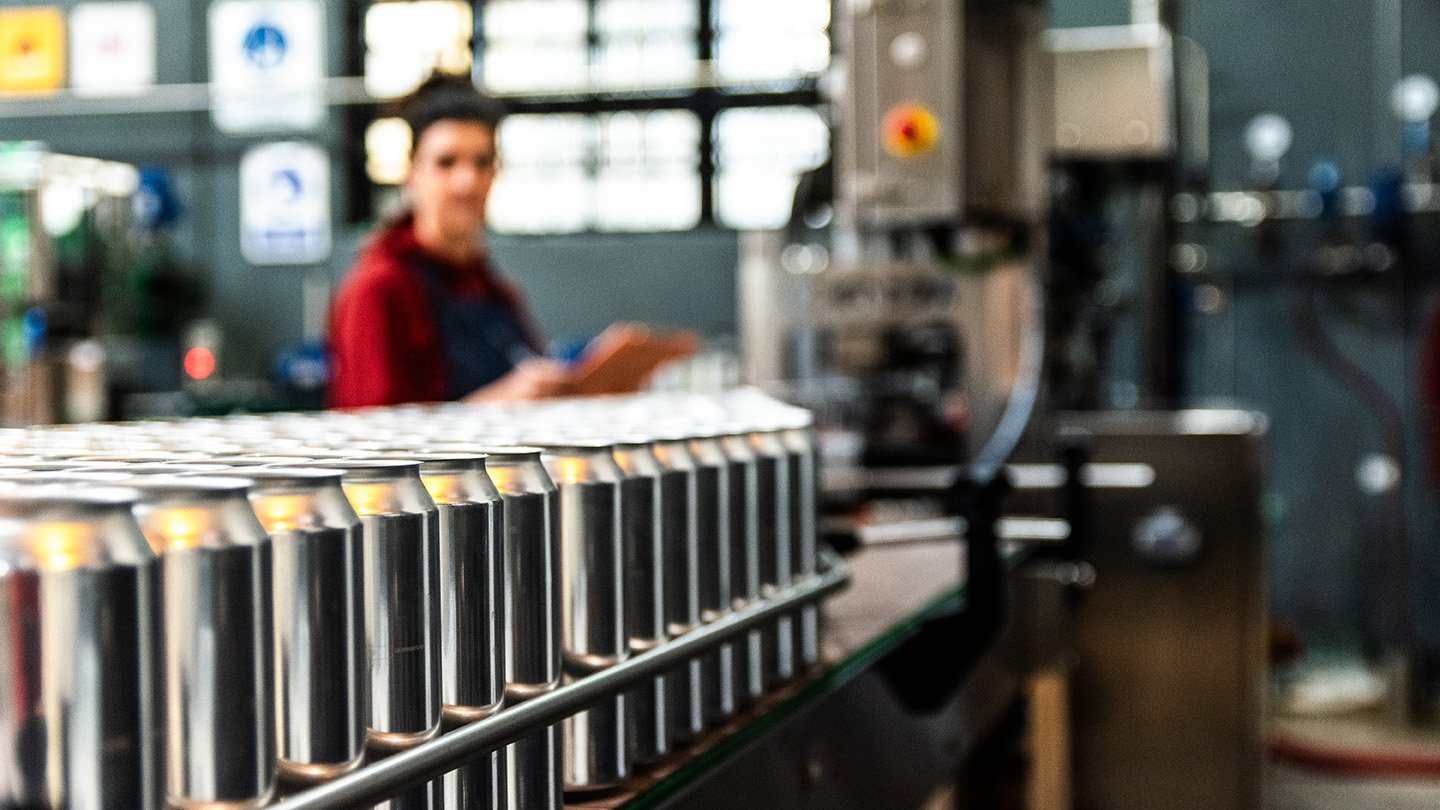
Microfactories: The Back-to-Local Moment | Bain & Company
While developments in the electric motorcycle space would not normally catch our eye, we were intrigued by Zapp EV’s press release announcing a new factory because of the company’s production strategy: a “microfactory” in a Bangkok Free Trade Zone industrial park. Zapp plans to create 20,000 made-to-order and personalized units per year in a 12,000-square-foot (1,100-square-meter) space. A typical motorcycle factory’s footprint is often an order of magnitude larger, with major facilities often at least 500,000 square feet. While Zapp faces its own set of challenges and the company’s success is uncertain, its progress raises a broader question: Are we in a back to local moment, with new automation allowing for much smaller factories making more bespoke products?
New technologies are enabling smaller-scale and more customized production. With high levels of automation, factories can be profitable at a much smaller scale and can be located much closer to the customer than previously feasible. While not all early ventures will succeed, second movers may find greater success. A growing number of microfactories show us that the concept is increasingly viable even if further refinement is necessary.
Companies across a wide swath of industries have opened microfactories, including:
- Food and beverage (Relocalize)
- 1,200-square-foot autonomous units to make and package ice for grocery stores, with plans to expand to beverages
- Value proposition: reduced logistics cost and sustainability
- Apparel (Rodinia Generation):
- 2,150-square-foot highly automated microfactory capable of producing around 80% of all clothing categories
- Value proposition: 48-hour turnaround, mitigation of global trade risks and costs, and enhanced sustainability
- Semiconductors (Nanotronics Cubefabs):
- Facilities as small as 25,000 square feet with a capital requirement starting around $30 million
- Value proposition: resiliency (countries or OEMs could own their own fabs) and scalable modular design
- Motorcycles (Zapp EV):
- 12,000-square-foot facilities producing around 20,000 vehicles annually
- Value proposition: customization, direct-to-consumer delivery, and premium quality
- (Note: Not yet profitable; a similar effort in EV vans by Arrival folded despite early hype.)
Why now?
Significant shifts in technology and society suggest microfactories’ moment may be near. Four factors in particular help set the stage:
- Manufacturing technology: We’ve seen a shift from large, capital-intensive automation technologies toward more flexible automation. Emerging tools such as AI-driven robotics (and potentially 3D printing) lower scale thresholds significantly, and they’re rapidly improving in quality and declining in cost.
- Sales and marketing approaches: Precision online advertising and AI-enabled customization help companies target niche segments and build personalized ads for personalized products.
- Unmet consumer needs: Microfactories may better serve demand for localization, personalization, and speed. Experiences that were formerly only for the wealthy—such as tailored clothing or food prepared based on a custom nutrition plan—may become more affordable. Even the smallest customer segments, which are stuck with one-size-fits-all offerings today, could become commercially viable with a specialized offering.
- Regulatory pressure: Rising protectionism (tariffs, subsidies, and an array of nontariff barriers) and sustainability mandates all make logistics more costly and favor local production.
How could a back to local moment play out?
The US beer industry offers a parallel transformation—from dominance by macro breweries to a surge of craft breweries. While craft brewing has now become a mature industry, even suffering some recent declines, it is still a remarkable insurgent story over the last 20 years. From 1998 to 2008, the number of breweries held steady at around 1,500. Since then, 8,500 new breweries have launched, giving consumers greater choice and more local variety (see Figure 1). Craft beer’s market share grew from less than 3% in 1998 to 13% by 2024. The same forces that could drive microfactory expansion drove this growth:
- Manufacturing technology: more affordable and automated brewing equipment
- Sales and marketing approaches: Internet-enabled brand building and localized targeting
- Unmet consumer needs: flavor variety, “buy local” preferences, and new experiences (e.g., brewpubs)
- Regulatory pressure: legalization of homebrewing in 1979 and the subsequent deregulation at the state level
Craft beer has exploded in the US
Source: Brewers Association
Widespread, cost-competitive, and highly localized production has the potential to reshape numerous industries. Imagine custom-fit clothing priced for the middle class, mainstream cars with the personalization of a gaming PC, or even individually designed protein bars. While many of these products are luxuries currently reserved for the wealthy, emerging technologies may soon make them accessible to a much broader market.
These technological shifts are arriving alongside broader systemic changes that favor decentralization. As pressure mounts on the global free-trade system, markets are fragmenting. Capital-heavy business models may face headwinds as an era marked by cheap and abundant financing comes to an end. In contrast, smaller, modular manufacturing setups offer greater agility. Companies will be able to move with talent pools, respond to local demand, and avoid trade barriers. That strategy stands in contrast to one of anchoring to a single, large location that requires a material portion of global demand to be profitable.
What industries are at greater risk of disruption?
Microfactories could reshape manufacturing footprints in many industries, but that does not necessarily equate to high risks for incumbents. Some incumbents may successfully adapt and even thrive as they embrace the ability to provide more personalization and local production under existing brand umbrellas. Others may cede share to agile new entrants, as seen in the craft beer industry. The way in which customers value brand recognition will be one key factor in the risk level to incumbents.
- Bragging rights from universal recognition: Brands that enjoy broad recognition combined with some level of exclusivity will be more likely to emerge strong from this transition (i.e., brands that consumers want everyone to know they’re buying).
- Few bragging rights or bragging rights from niche appeal: Industries in which brands may be widely recognized but lack prestige, or where brand value comes from limited recognition (e.g., that small-batch beer only a few beer connoisseurs know about).
What business leaders should be asking today:
- Where do consumers most value customization and localization, and how can we best serve that?
- How appealing are niche or generic alternatives in our industry?
- Are our long-term capex and manufacturing footprint plans robust in a world in which microfactories might have a competitive advantage?
- What does a blank-sheet view of a small-scale, localized, highly disruptive business model look like five years from now in my industry?
Continue Reading
- Food and beverage (Relocalize)
-
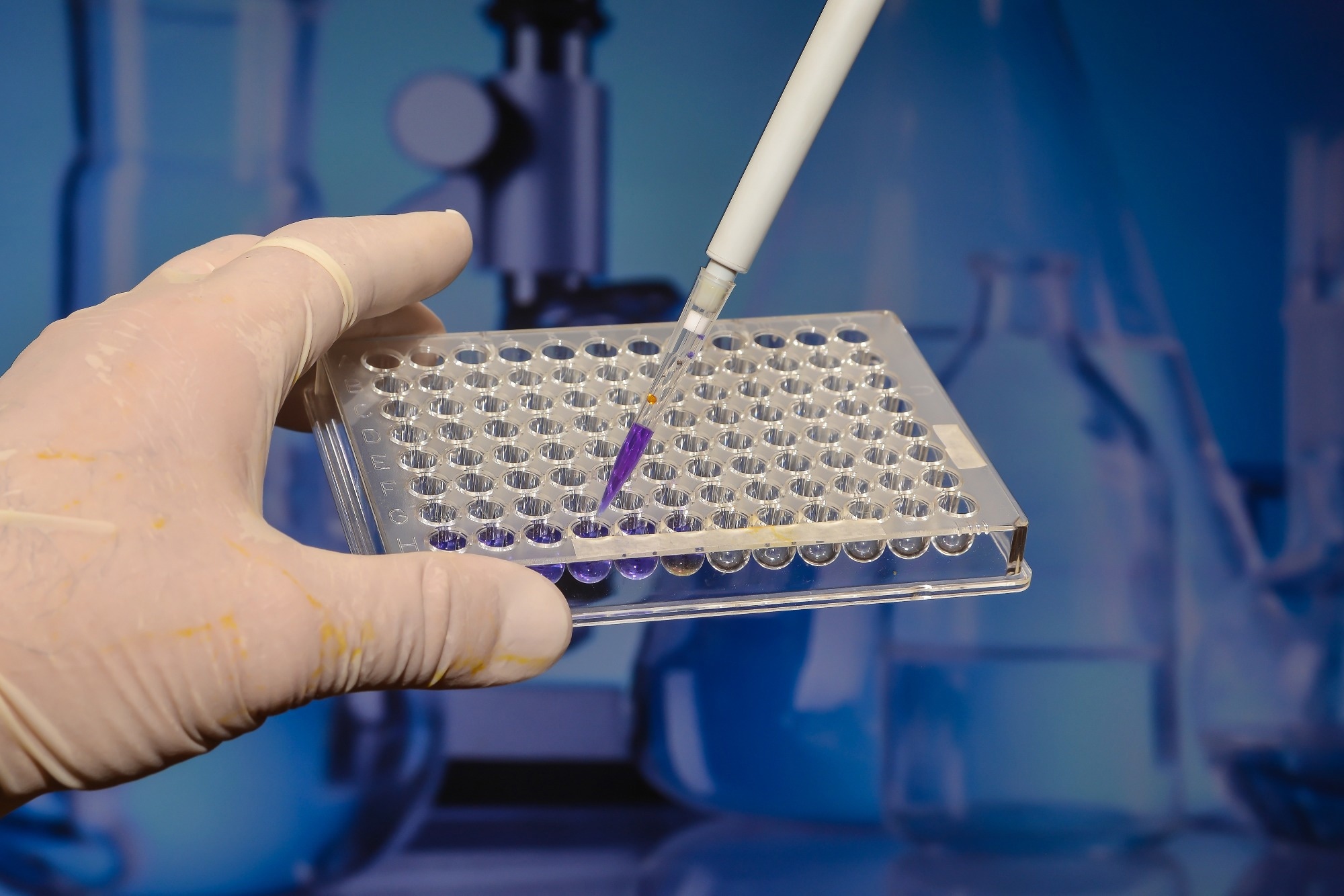
How genomic screening in newborns found 16 hidden disorders standard tests overlooked
By uncovering life-altering genetic conditions before symptoms appear, genomic screening could redefine newborn care if health systems can scale the technology responsibly.
Study: Feasibility, acceptability and clinical outcomes of…
Continue Reading
-
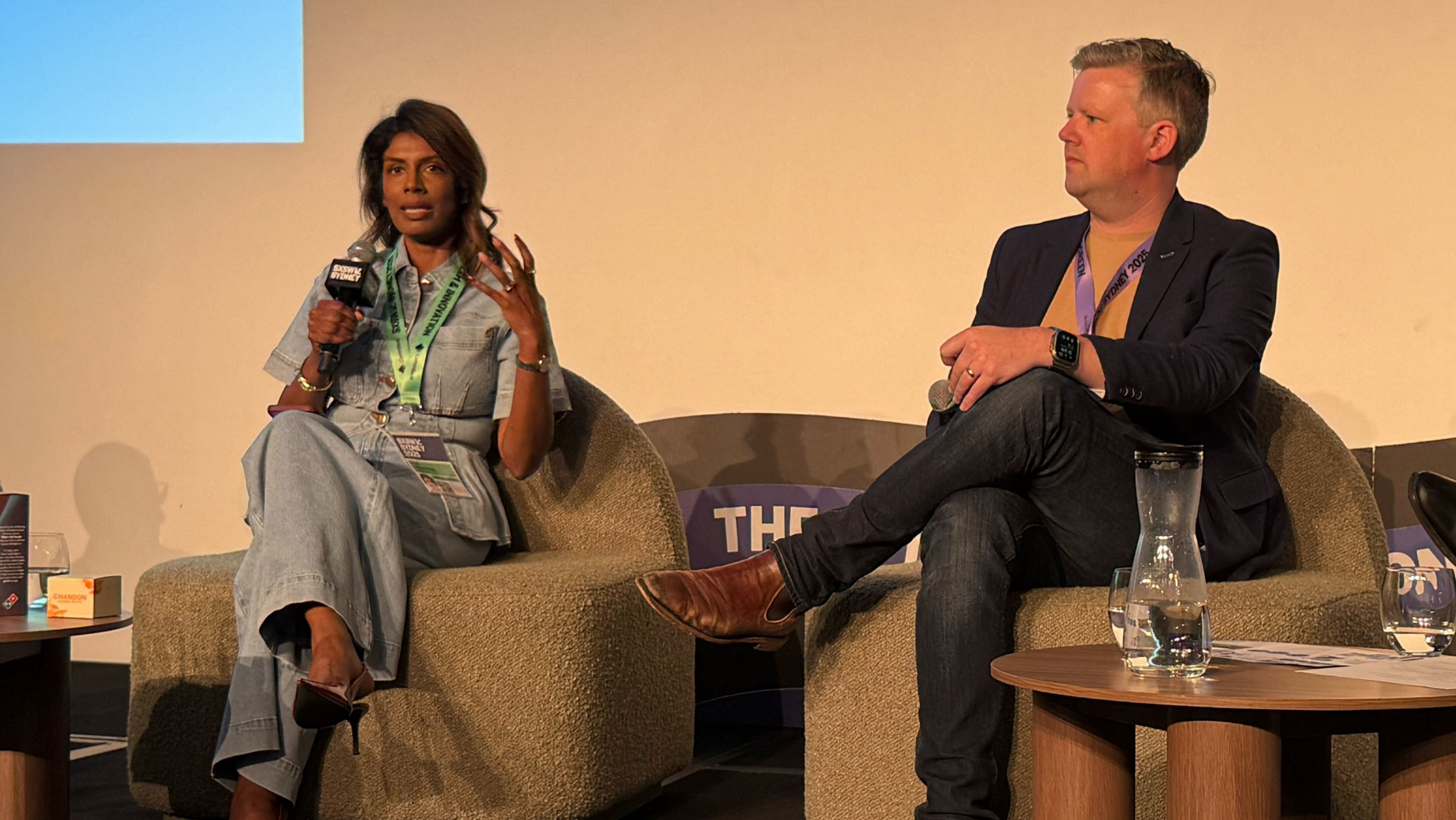
Australian Open Will Use Tech That “Used to Be Science Fiction” to Serve Fans
The Australian Open is set to deploy volumetric video technology — previously the stuff of “science fiction” — to get fans closer to the court.
Australian Open and Tennis Australia head of original content, Xavier Muhlebach, said fans will…
Continue Reading

